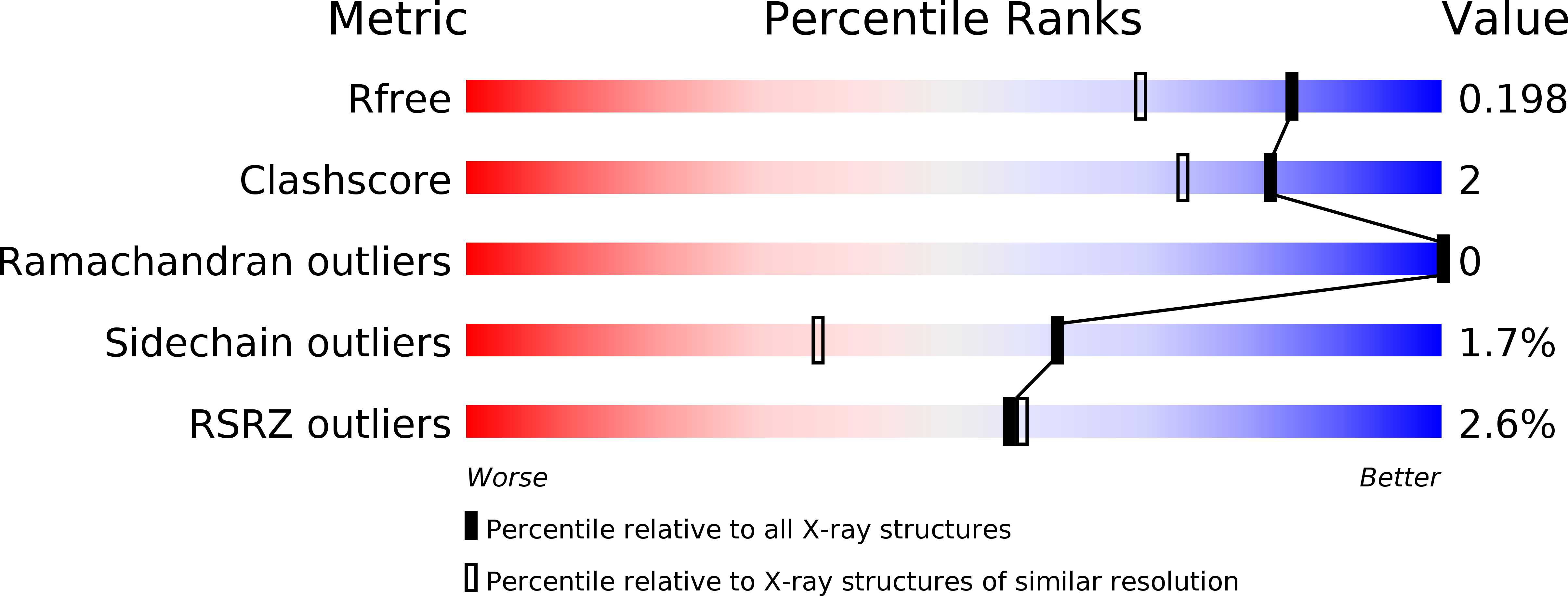
Deposition Date
2012-02-26
Release Date
2013-02-06
Last Version Date
2024-11-20
Method Details:
Experimental Method:
Resolution:
1.58 Å
R-Value Free:
0.19
R-Value Work:
0.16
R-Value Observed:
0.16
Space Group:
P 1


